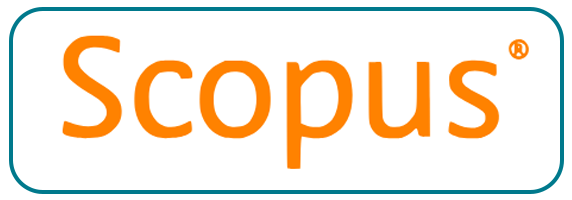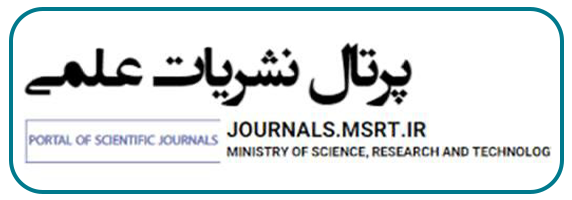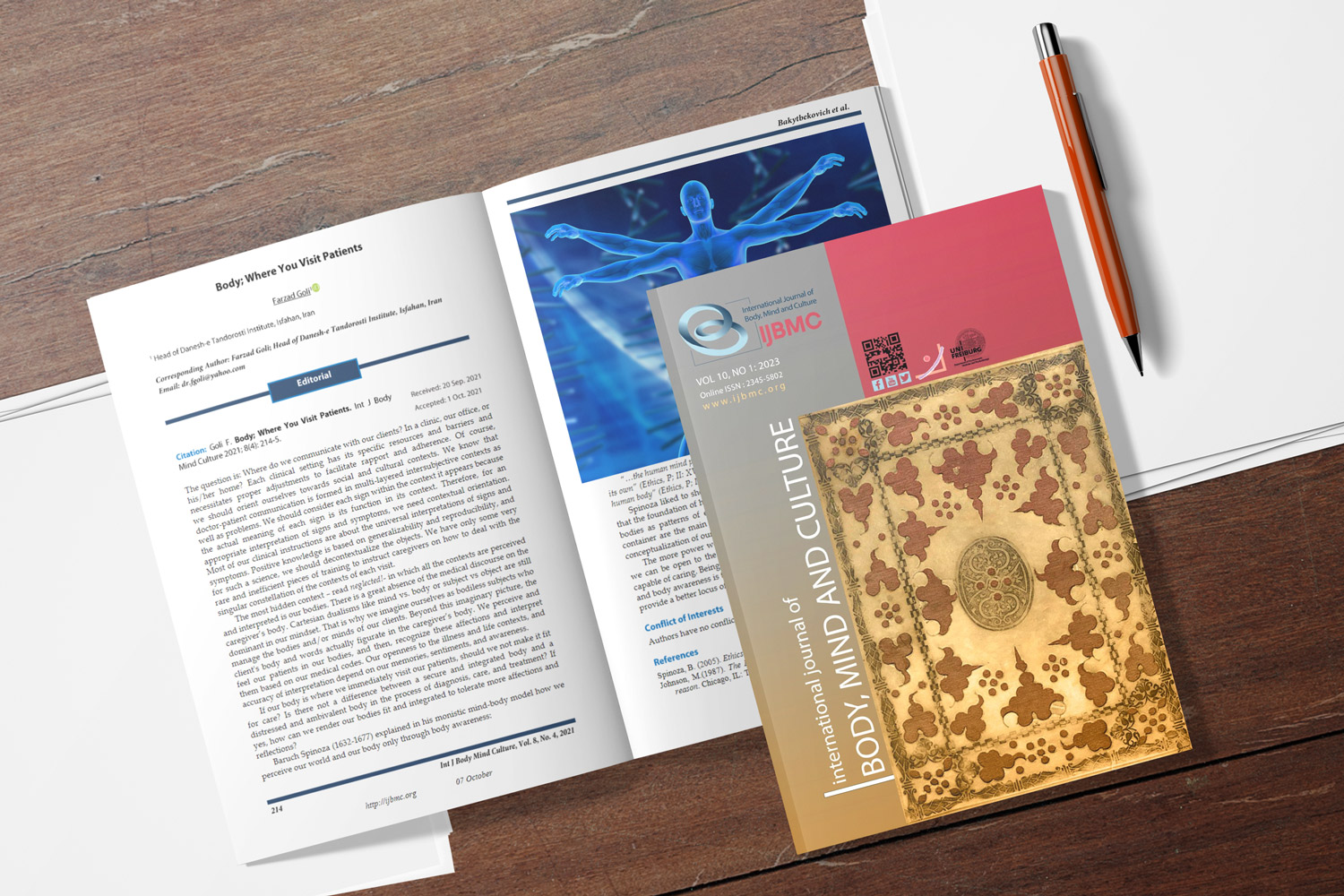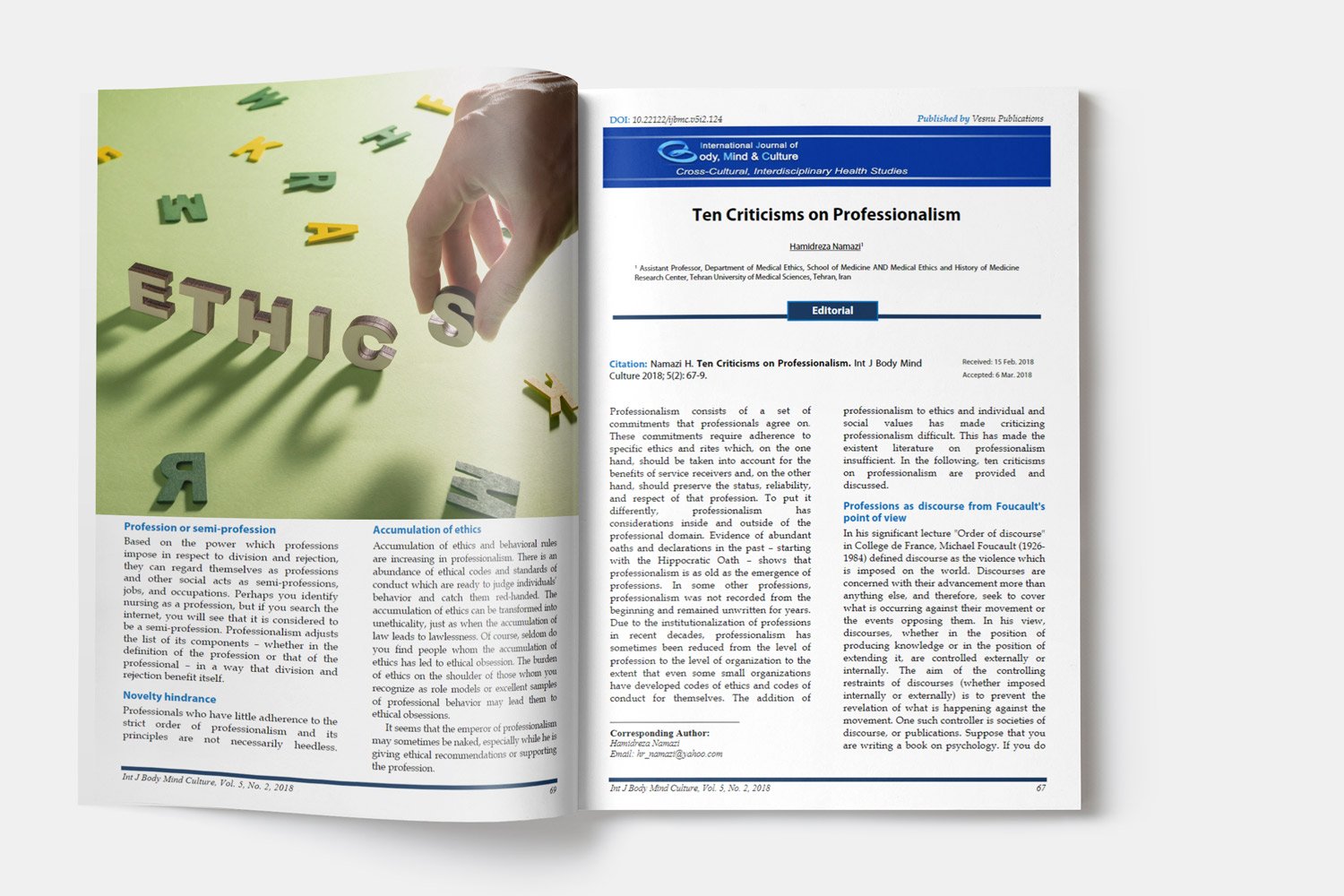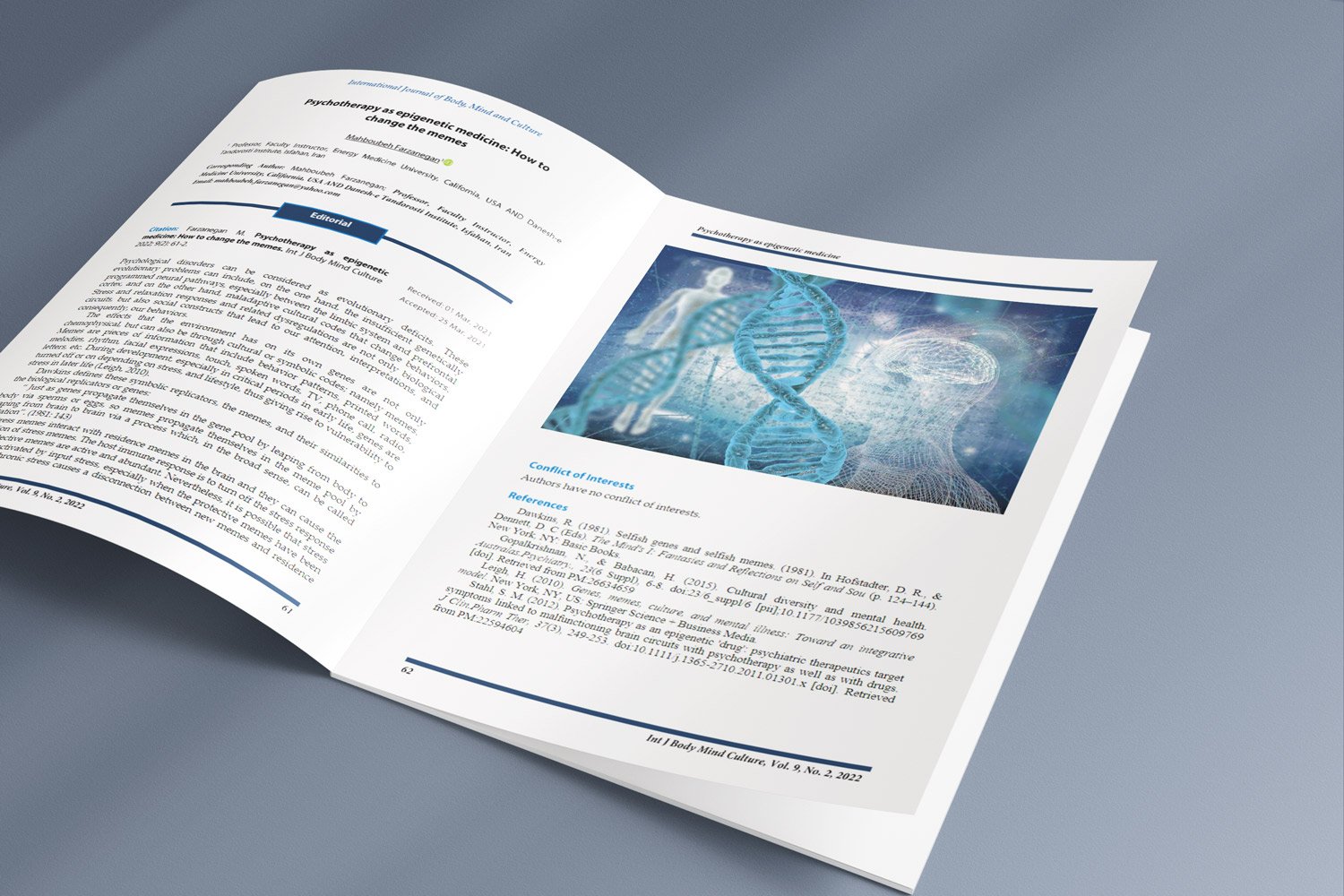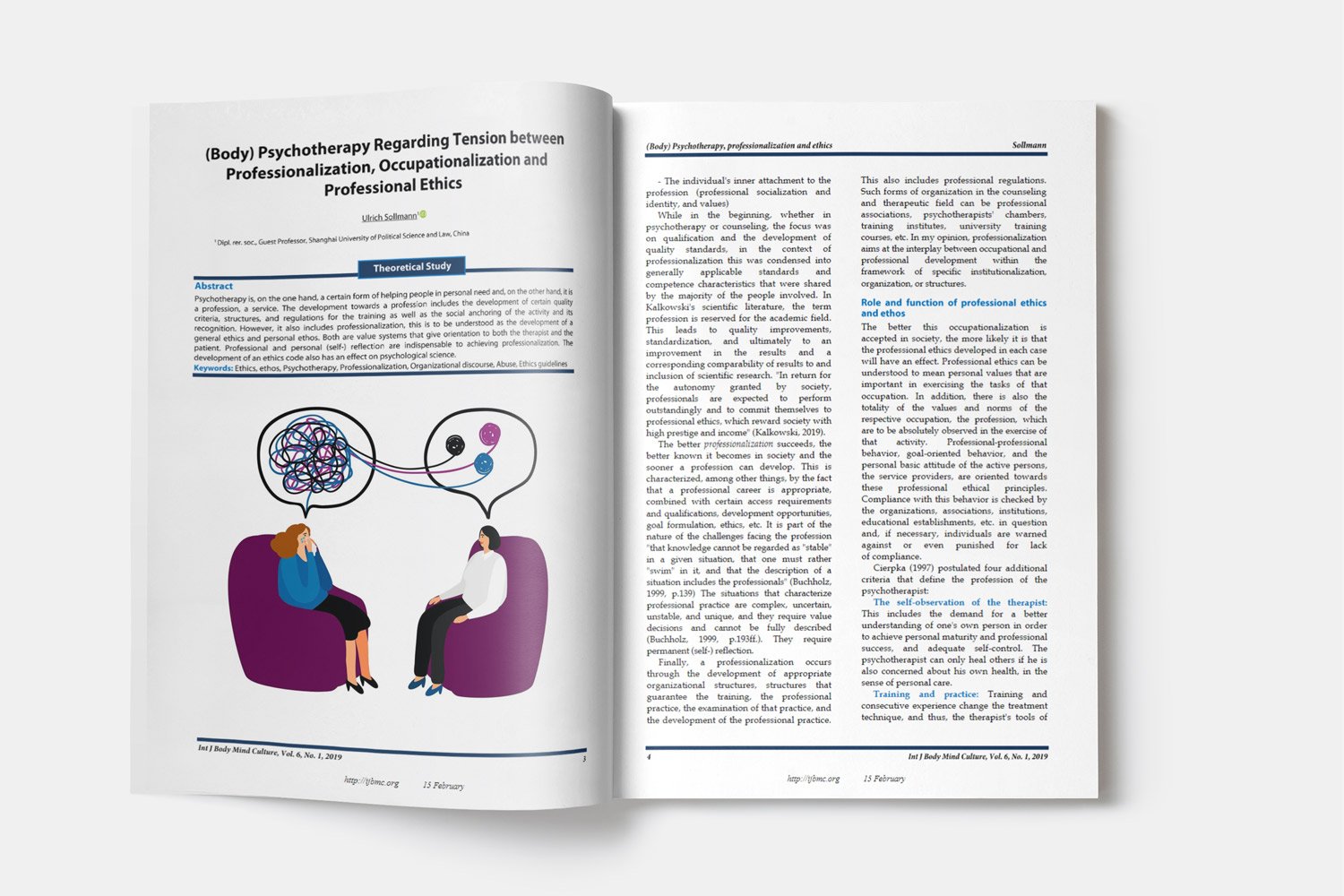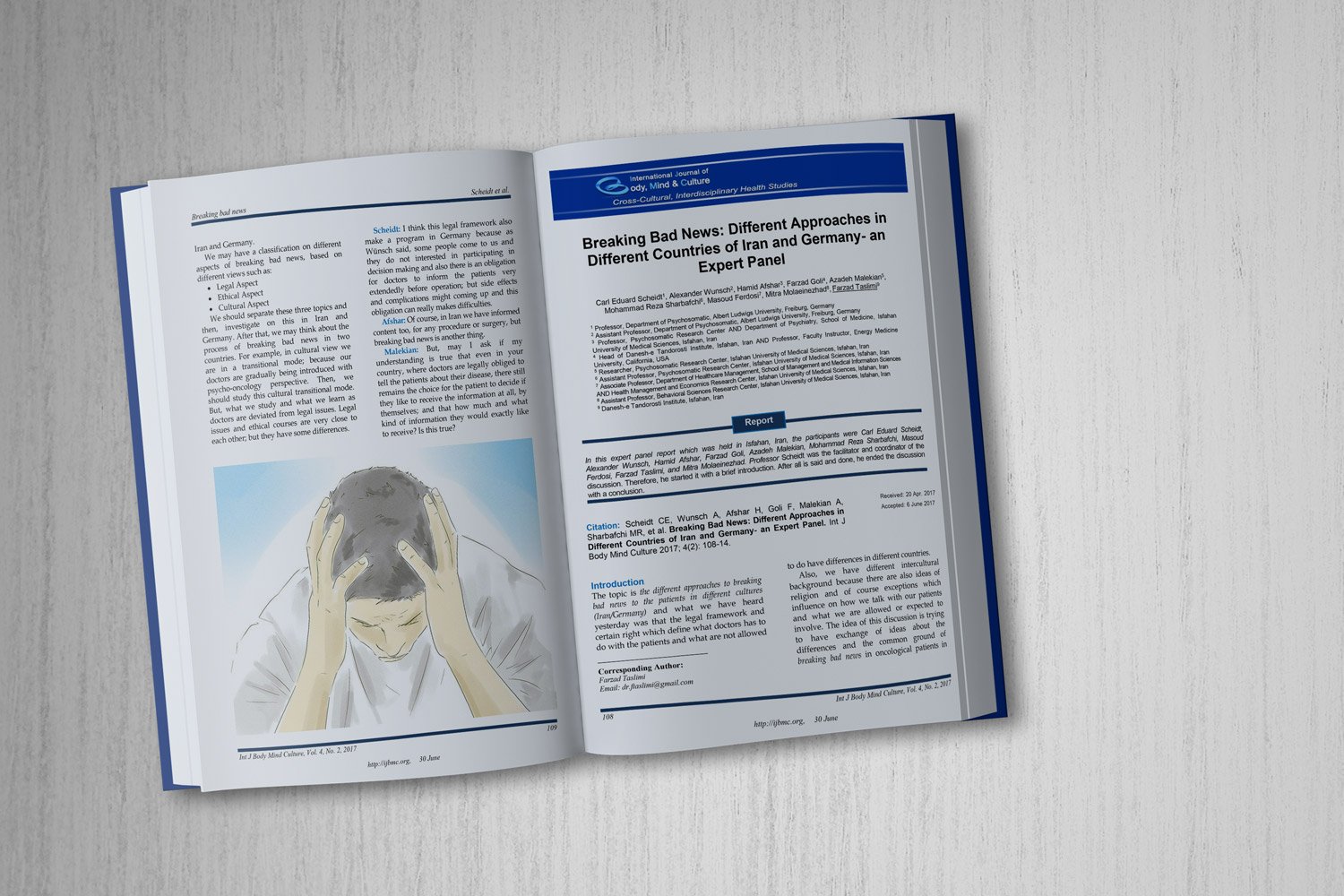Clarifying the Role of Emotional Self-regulation Strategies and Health Anxiety in Predicting Negative and Positive Reactions to Stress, Psychosomatic Symptoms, and Quality of Life Indicators in Women with Breast Cancer
Clarifying the role of emotional self-regulation strategies in women with breast cancer
Downloads
Background: Today, one of the most challenging diseases that mankind is facing is cancer. The present study aimed to explain the prediction model of negative and positive reactions to stress, psychosomatic symptoms, and quality of life (QOL) indicators based on emotional self-regulation strategies (SRS) and health anxiety in women with breast cancer.
Methods: The current research was of a correlational type, which was conducted by structural equation modeling (SEM) using the path analysis method. The statistical population included all women with breast cancer in hospitals of Tehran, Iran, and 485 women with breast cancer, who visited medical centers and hospitals in the second half of 2021, were selected by purposive sampling. The questionnaires used in this research included psychosomatic symptoms questionnaire, World Health Organization Quality of Life Questionnaire (WHOQOL), Stress Reaction Questionnaire, Post-Traumatic Growth Inventory (PTGI), and Cognitive Emotion Regulation Questionnaire (CERQ). In the descriptive part, the data were analyzed using mean and standard deviation (SD), and in the inferential part, Pearson's correlation coefficient and path analysis were used via SPSS and Amos software.
Results: The desired model had a favorable fit in terms of statistics, and it was also found that the emotion regulation strategies and health anxiety were able to provide a meaningful explanation for the paths of predicting positive and negative reactions to stress symptoms to have mental health and QOL [root mean square error of approximation (RMSEA) = 0.039, goodness of fit index (GFI) = 0.92].
Conclusion: It can be concluded that in the treatment of people with cancer, paying attention to psychological and emotional indicators can be of great importance.
Downloads
Aldao, A., Nolen-Hoeksema, S., & Schweizer, S. (2010). Emotion-regulation strategies across psychopathology: A meta-analytic review. Clin Psychol Rev, 30(2), 217-237. doi:S0272-7358(09)00159-7 [pii];10.1016/j.cpr.2009.11.004 [doi]. Retrieved from PM:20015584
Badrian, M., Ahmadi, P., Amani, M., & Motamedi, N. (2014). Prevalence of risk factors for breast cancer in 20 to 69 years old women. Iran J Breast Dis, 7(2), 67-75.
Bar-On, R. (2006). The Bar-On model of emotional-social intelligence (ESI). Psicothema., 18(Suppl), 13-25. Retrieved from PM:17295953
Bender, P. K., Reinholdt-Dunne, M. L., Esbjorn, B. H., & Pons, F. (2012). Emotion dysregulation and anxiety in children and adolescents: Gender differences. Pers Individ Dif, 53(3), 284-288. doi:10.1016/j.paid.2012.03.027 [doi].
Brackett, M. A., & Geher, G. (2013). Measuring emotional intelligence: Paradigmatic diversity and common ground. In J. Ciarrochi, J. P. Forgas, & J. D. Mayer (Eds.), Emotional intelligence in everyday life (pp. 27-50). Philadelphia, PA: Psychology Press.
Eisenberg, N., Cumberland, A., Spinrad, T. L., Fabes, R. A., Shepard, S. A., Reiser, M. et al. (2001). The relations of regulation and emotionality to children's externalizing and internalizing problem behavior. Child Dev, 72(4), 1112-1134. doi:10.1111/1467-8624.00337 [doi]. Retrieved from PM:11480937
Etemadi, O., & Arianfar, N. (2017). The effect of integrated couple therapy based on self-regulation attachment on marital adjustment. Knowledge & Research in Applied Psychology, 18(2), 61-71.
Fazel Hamedani, N., & Ghorban Jahromi, R. (2018). Effectiveness of group therapy using transactional analysis (TA) on cognitive emotion regulation and marital intimacy of betrayed women. Journal of Psychological Sciences, 17(70), 745-753.
Garnefski, N., & Kraaij, V. (2007). The cognitive emotion regulation questionnaire: Psychometric features and prospective relationships with depression and anxiety in adults. Eur J Psychol Assess, 23(3), 141-149. doi:10.1027/1015-5759.23.3.141 [doi]
Ghalyanee, B., Asadzandi, M., Bahraynian, S. A., & Karimi Zarchi, A. A. (2021). Comparing the effects of spiritual counseling based on the sound heart model with mindfulness training on the quality of life of women with breast cancer. Iran J Breast Dis, 14(3), 34-45. doi:10.30699/ijbd.14.3.34 [doi]
Goossens, L. (2020). Affect, emotion, and loneliness in adolescence. In S. Jackson & L. Goossens (Eds.), Handbook of adolescent development (pp. 51-70). Philadelphia, PA: Psychology Press.
Heidarzadeh, M., Rassouli, M., Mohammadi, S. F., Alavi, M. H., Mirzaei, H., & Tahmasebi, M. (2015). Assessing dimensions of posttraumatic growth of cancer in survived patients. Journal of Holistic Nursing and Midwifery, 25(2), 33-41.
Huang, Q., Zhang, Q., An, Y., & Xu, W. (2019). The relationship between dispositional mindfulness and PTSD/PTG among firefighters: The mediating role of emotion regulation. Pers Individ Dif, 151, 109492. doi:10.1016/j.paid.2019.07.002 [doi]
Isanejad, A., Gharib, B., Ghanbari Motlagh, A., & Nazari, S. (2021). comparison
the effects of high intensity exercise and moderate intensity continuous training on the quality of life in breast cancer patients undergoing hormone therapy. Journal of Psychological Sciences, 14(3), 23-33.
Kashdan, T. B., & Rottenberg, J. (2010). Psychological flexibility as a fundamental aspect of health. Clin Psychol Rev, 30(7), 865-878. doi:S0272-7358(10)00041-3 [pii];10.1016/j.cpr.2010.03.001 [doi]. Retrieved from PM:21151705
Khamoshi Darmarani, T., & Moradi, O. (2020). Prediction of death anxiety based on emotional self-regulation and self-efficacy in cancer patients. Shenakht, 6(6), 66-76.
Liverant, G. I., Brown, T. A., Barlow, D. H., & Roemer, L. (2008). Emotion regulation in unipolar depression: The effects of acceptance and suppression of subjective emotional experience on the intensity and duration of sadness and negative affect. Behav Res Ther, 46(11), 1201-1209. doi:S0005-7967(08)00167-8 [pii];10.1016/j.brat.2008.08.001 [doi]. Retrieved from PM:18828992
Lopes, S., & Osorio, F. L. (2023). Effects of intranasal oxytocin on pain perception among human subjects: A systematic literature review and meta-analysis. Horm.Behav, 147, 105282. doi:S0018-506X(22)00176-3 [pii];10.1016/j.yhbeh.2022.105282 [doi]. Retrieved from PM:36463692
Mineka, S., & Sutton, S. K. (1992). Cognitive biases and the emotional disorders. Psychological Science, 3(1), 65-69.
Mohan, J., Sehgal, M., Ghoreishi, G., & Giti Ghoreishi, A. S. (2017). comparison of stress and coping styles in patients with cancer and healthy people. Journal of Thought & Behavior in Clinical Psychology, 11(45), 77-86.
Moradi, M. A., Afrazizadeh S. F., Asadzadeh, H. (2015). "Investigating the relationship between psychological intimacy and emotional self-regulation with marital conflicts of couples referring to welfare counseling centers in Karaj. Journal of Psychological Studies and Educational Sciences 2(4): 96-109.
Prapa, P., Papathanasiou, I. V., Bakalis, V., Malli, F., Papagiannis, D., & Fradelos, E. C. (2021). Quality of life and psychological distress of lung cancer patients undergoing chemotherapy. World.J Oncol., 12(2-3), 61-66. doi:10.14740/wjon1371 [doi]. Retrieved from PM:34046100
Shi, L., Yu, Y., Peng, L., Liu, B., Miao, Y., et al. (2015). Posttraumatic growth in fresh medical cadets after military training and its influencing factors. J Psychiatry 18:272.
Tedeschi, R. G., & Calhoun, L. G. (2004). Posttraumatic growth: Conceptual foundations and empirical evidence. Psychol Inq, 15(1), 1-18.
The WHOQOL Grou. (1995). The World Health Organization Quality of Life assessment (WHOQOL): Position paper from the World Health Organization. Soc Sci Med, 41(10), 1403-1409. doi:027795369500112K [pii];10.1016/0277-9536(95)00112-k [doi]. Retrieved from PM:8560308
Wang, Y., Zheng, Z., Duan, X., Li, M., & Li, Y. (2022). The Relationship between mindfulness and social adaptation among migrant children in China: The sequential mediating effect of self-esteem and resilience. Int J Environ Res Public Health, 19(23). doi:ijerph192316241 [pii];ijerph-19-16241 [pii];10.3390/ijerph192316241 [doi]. Retrieved from PM:36498315
Yildiz, M. A., & Duy, B. (2019). The Predictive role of emotion regulation strategies on depressive and psychosomatic symptoms in adolescents. Current Psychology, 38(2), 387-396. doi:10.1007/s12144-017-9616-6 [doi]
Zhou, X., Wu, X., An, Y., & Chen, J. L. (2014). The roles of rumination and social support in the associations between core belief challenge and post-traumatic growth among adolescent survivors after the wenchuan earthquake. Acta Psychologica Sinica, 46, 1509-1520. doi: 10.3724/SP.J.1041.2014.01509 [doi]
Copyright (c) 2024 International Journal of Body, Mind and Culture

This work is licensed under a Creative Commons Attribution-NonCommercial 4.0 International License.

